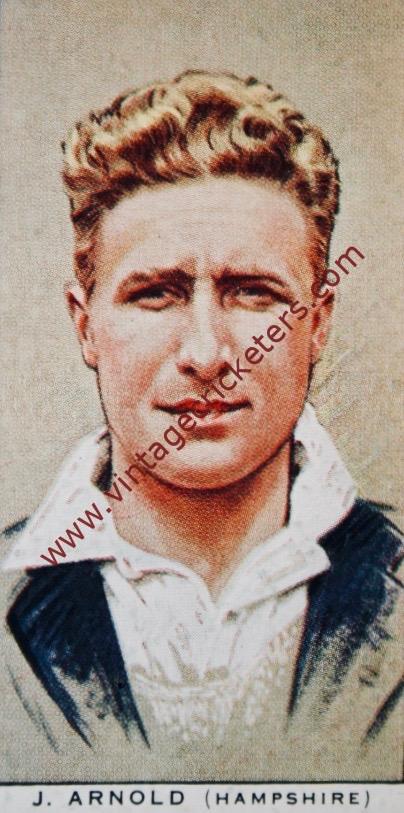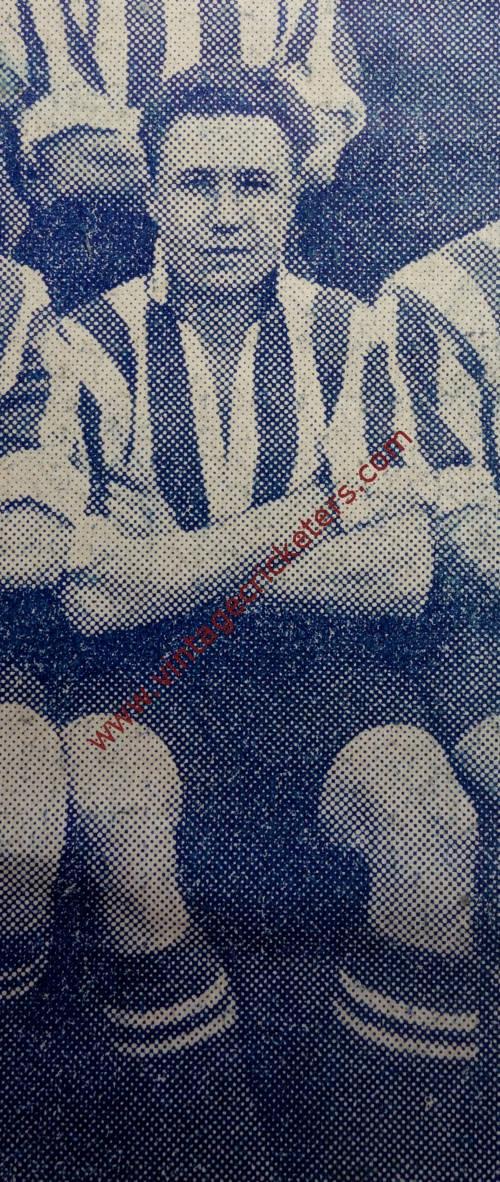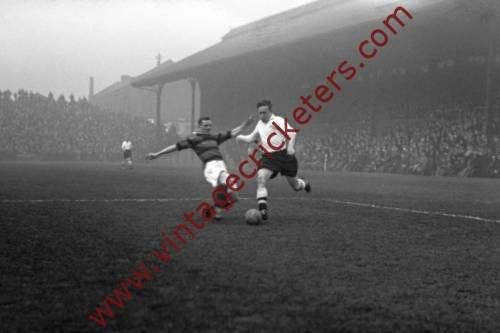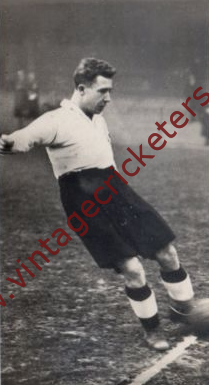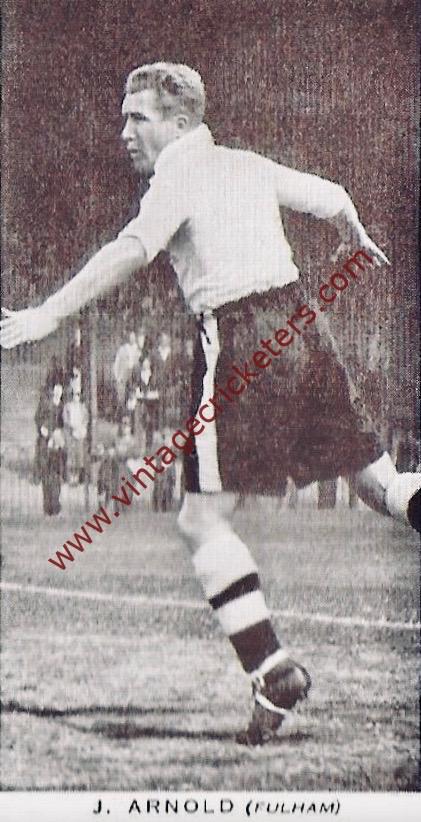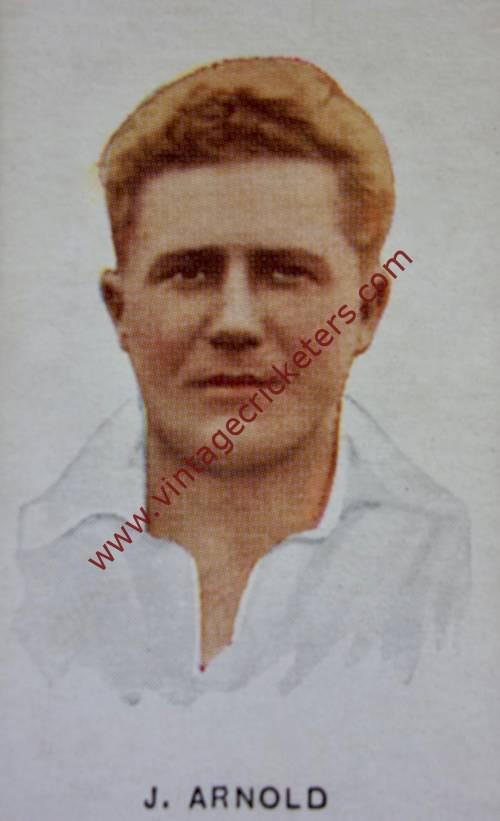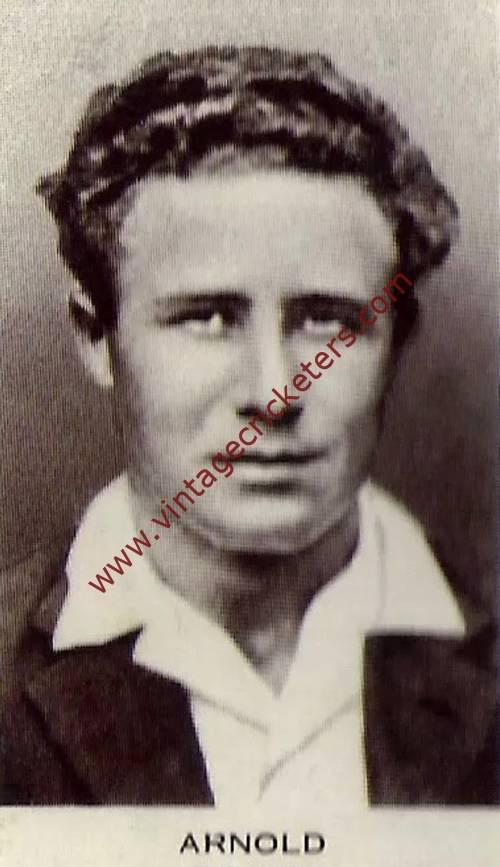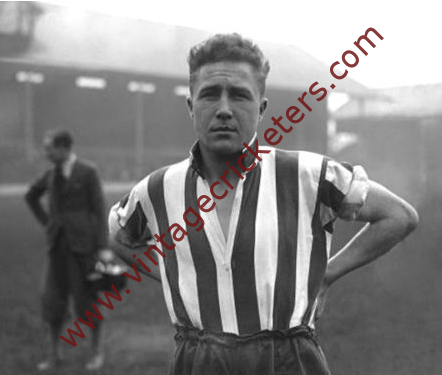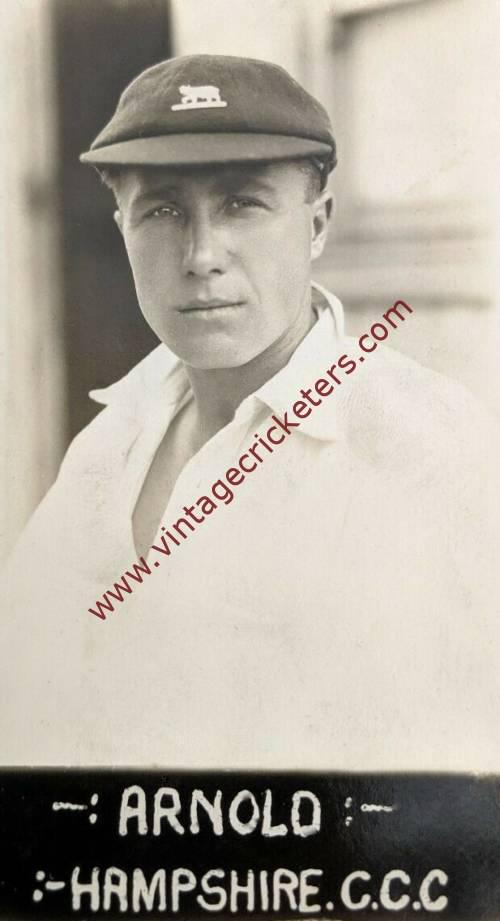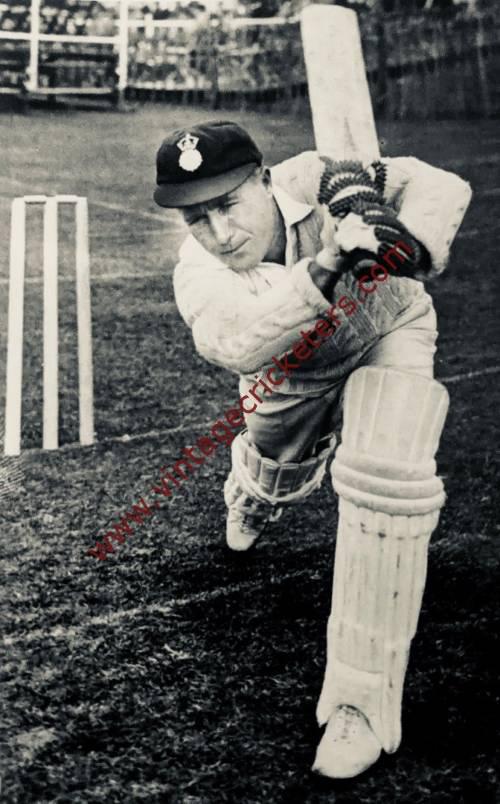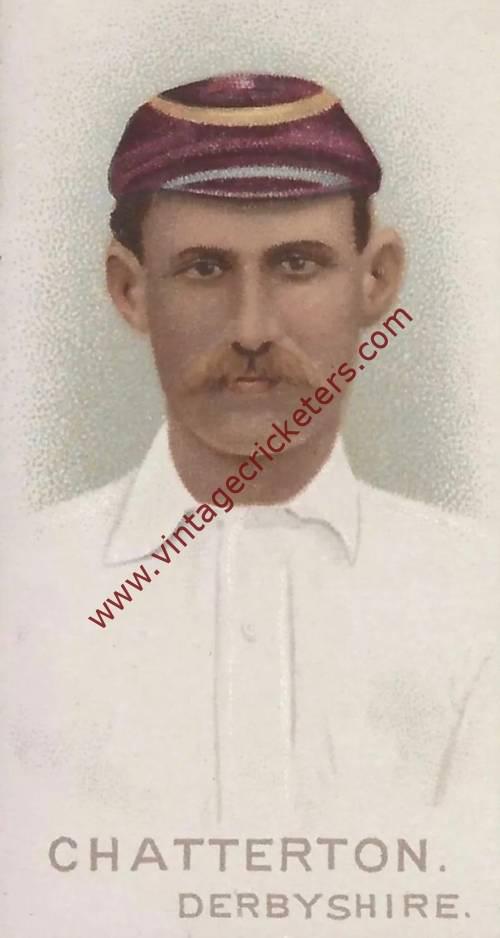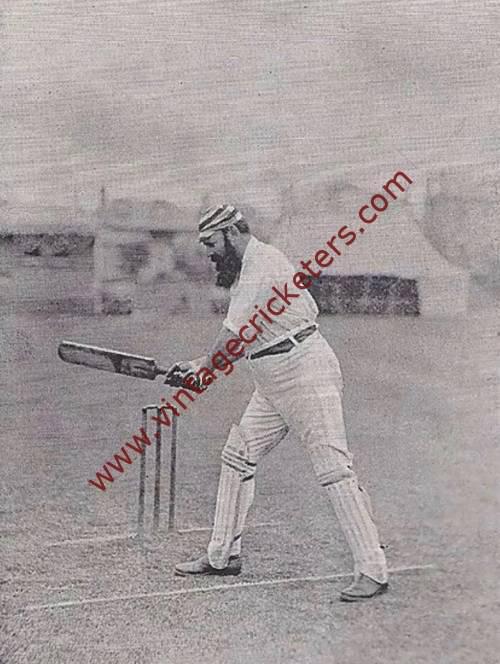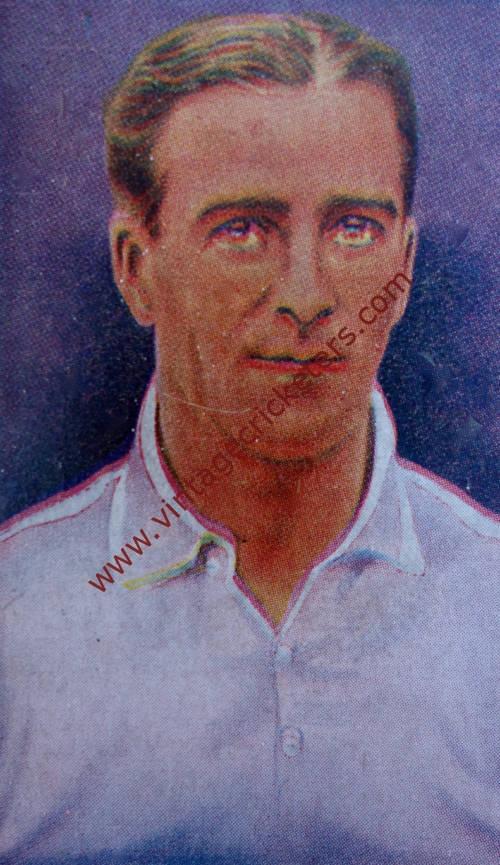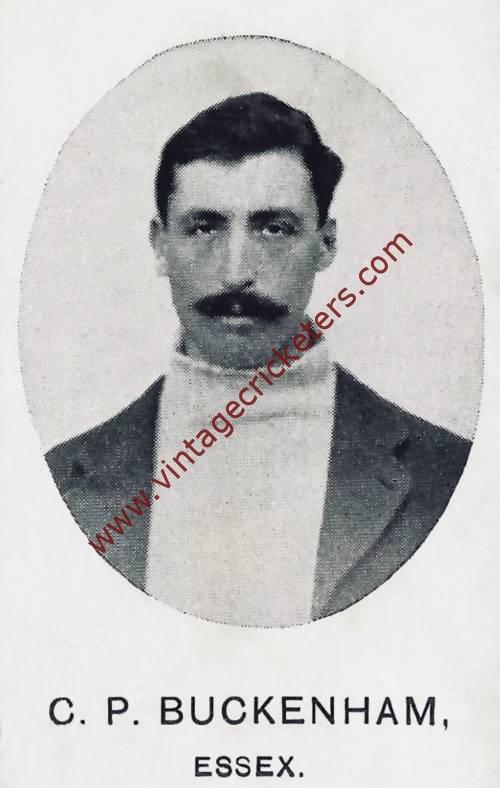Please choose your photo size from the drop down menu below.
If you wish your photo to be framed please select Yes.
Note: 16″x 20″not available in a frame.
Images can also be added to accessories. To order please follow these links
£8.95 – £49.95
Please choose your photo size from the drop down menu below.
If you wish your photo to be framed please select Yes.
Note: 16″x 20″not available in a frame.
Images can also be added to accessories. To order please follow these links
The maximum number of views of this element is reached.
Please contact the webmaster to enable unlimited views.
Cowley, Oxfordshire born Johnny Arnold has a place in history as one of only 12 double internationals to have represented England at both football and cricket. A Hampshire cricketer who played 396 matches for the county from 1929 to 1950 having previously played minor counties cricket for Oxfordshire, he made 34 opening the batting against New Zealand in his only Test match in 1931.
He scored 1,000 runs in his first full first-class season and missed out on that feat only once in his career. He first headed the Hampshire batting averages in 1930. In 1934, he scored 2,261 runs at an average of 48 runs per innings, the only time he passed 2,000 runs in a season, which included 125 for The Players at The Oval. His one poor season, 1938, led to him not being re-engaged by Hampshire, but the county had second thoughts and he returned for the 1939 season and for five more seasons after the Second World War. He fell ill during the 1950 season, and retired without playing again.
Arnold usually opened, but often dropped down the order for Hampshire, and was by nature an aggressive bat, particularly strong on the leg side, but also a good driver. In his career he scored 21,831 runs at an average of 32.82 with 37 centuries and 117 half centuries with a top score of 227. He also took 17 wickets at an average of nearly 70 a piece, with a best of 3-34.
Arnold played only one Test match, selected early in his career: with Fred Bakewell, he formed an experimental opening partnership for England against New Zealand at Lord’s in 1931, following the retirement from Test cricket of Jack Hobbs and injury to Herbert Sutcliffe. The move was not a success. Arnold was out for a duck in the first innings, and though he scored 34 in the second, he was replaced by the returning Sutcliffe for the second Test. He did not play Test cricket again.
He was a first class cricket umpire for 14 seasons from 1961.
As a footballer he was a left winger and had played for Oxford City before signing for Second Division Southampton in September 1928, making his Football League debut against Millwall in April 1929. He quickly established himself at The Dell and scored 46 goals in 120 games over his five seasons there, scoring 20 goals in 1931-32 when he was Southampton’s leading goalscorer.
In February 1933 he joined Fulham alongside Michael Keeping for a combined £5,000, and soon after he was selected to play for England in the April 1933 Home International match against Scotland at Hampden Park, Glasgow, which Scotland won 2-1 in front of a crowd of 136,000. He played regularly for The Cottagers through to the outbreak of the Second World War and was part of their 1936 FA Cup semi final team, scoring as they lost 2-1 to Sheffield United at Molineux. In total he scored 62 goals in 215 games for Fulham before his retirement during the War.
| Weight | 0.25 kg |
|---|
